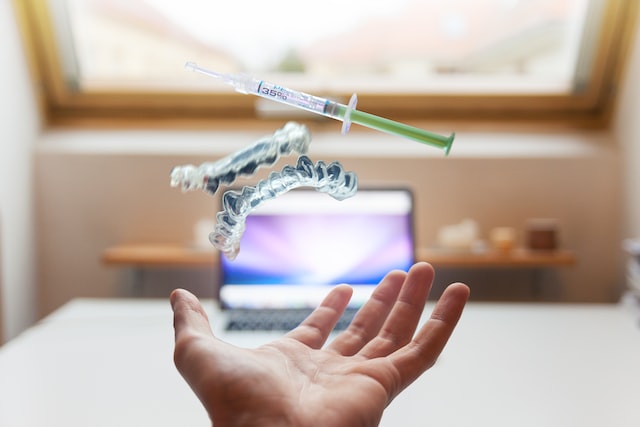Introduction to Medical IoT
Medical IoT, or the Internet of Things in healthcare, refers to the use of connected devices, sensors, and technology to collect and transmit data in the healthcare industry. This technology allows for the remote monitoring of patients, the tracking of vital signs, and the sharing of information between healthcare providers. The data collected by these devices can be analyzed to provide insights that can help improve patient outcomes, reduce costs and increase the overall efficiency of the healthcare system. Some examples of medical IoT devices include wearable devices like fitness trackers, smartwatches and smart patches, as well as connected medical equipment and telemedicine platforms.
The Importance of Medical IoT in Today’s Healthcare Landscape
The healthcare industry is facing a number of challenges, including an ageing population, increasing demand for services, and rising costs. Medical IoT can help address these challenges by improving patient outcomes, reducing costs, and increasing the efficiency of the healthcare system. One of the major benefits of medical IoT is the ability to remotely monitor patients, especially in cases where patients have chronic conditions or have been discharged from the hospital but still require close monitoring. This allows healthcare providers to track vital signs, such as blood pressure, heart rate, and oxygen levels, and to intervene if necessary. This can help prevent complications and reduce the need for hospital visits. Additionally, medical IoT can help in reducing healthcare costs by reducing the need for expensive inpatient care and enabling patients to receive care in their own homes.
Utilizing Medical IoT to Improve Patient Outcomes
Medical IoT also allows for real-time communication between healthcare providers. This can improve patient outcomes by allowing doctors and nurses to quickly share information and collaborate on treatment plans. Additionally, medical IoT can be used to track patient progress and monitor the effectiveness of treatments. For example, a patient’s health data can be analyzed in real-time, allowing for early detection of potential health issues, and allowing doctors to make adjustments to treatment plans as needed. This can lead to more personalized and effective care, which can result in better health outcomes for patients. Furthermore, medical IoT can also help in the early detection of diseases, which can lead to faster diagnosis, better treatment and recovery outcomes.
Real-world Applications of Medical IoT in Healthcare Solutions
Medical IoT is already being used in a variety of healthcare applications. Wearable devices, such as smartwatches and fitness trackers, can be used to monitor vital signs and send alerts if there are any abnormalities. Remote monitoring systems can be used to track patients with chronic conditions, such as diabetes or heart disease, and to provide real-time information to healthcare providers. Additionally, medical IoT can be used in hospitals and clinics to monitor and control the environment, such as temperature and humidity, which can help to prevent the spread of infections. Medical IoT is also being used in the field of telemedicine, where it enables remote consultations and treatment, improving access to healthcare for patients in remote or underserved areas.
The Future of Medical IoT and its Impact on the Healthcare Industry
The future of medical IoT is bright, with new technologies and applications being developed all the time. For example, artificial intelligence and machine learning can be used to analyze large amounts of data and to identify patterns that can help improve patient outcomes. Additionally, the use of 5G networks and edge computing will allow for faster, more reliable data transmission and processing. Furthermore, medical IoT will be able to integrate with other technologies such as virtual reality, which can be used to provide remote consultations and treatment. With the rise of 5G networks and edge computing, medical IoT will enable real-time data collection and analysis, allowing for faster and more accurate diagnosis and treatment, and also helping in the development of precision medicine.
Conclusion: The Power of Medical IoT to Transform the Healthcare Industry
Medical IoT has the potential to revolutionize the healthcare industry by improving patient outcomes, reducing costs, and increasing the efficiency of the healthcare system. With the ongoing development of new technologies, medical IoT will continue to play an important role in the delivery of healthcare. It is crucial for healthcare providers and organizations to stay informed about the latest developments in medical IoT and to explore how these technologies can be applied in their own work. By leveraging the power of medical IoT, healthcare providers can improve patient outcomes, reduce costs, and increase the overall efficiency of the healthcare system. The future of healthcare is increasingly becoming more connected, and the use of medical IoT will play a crucial role in this transformation, providing better care and better health outcomes for patients.
